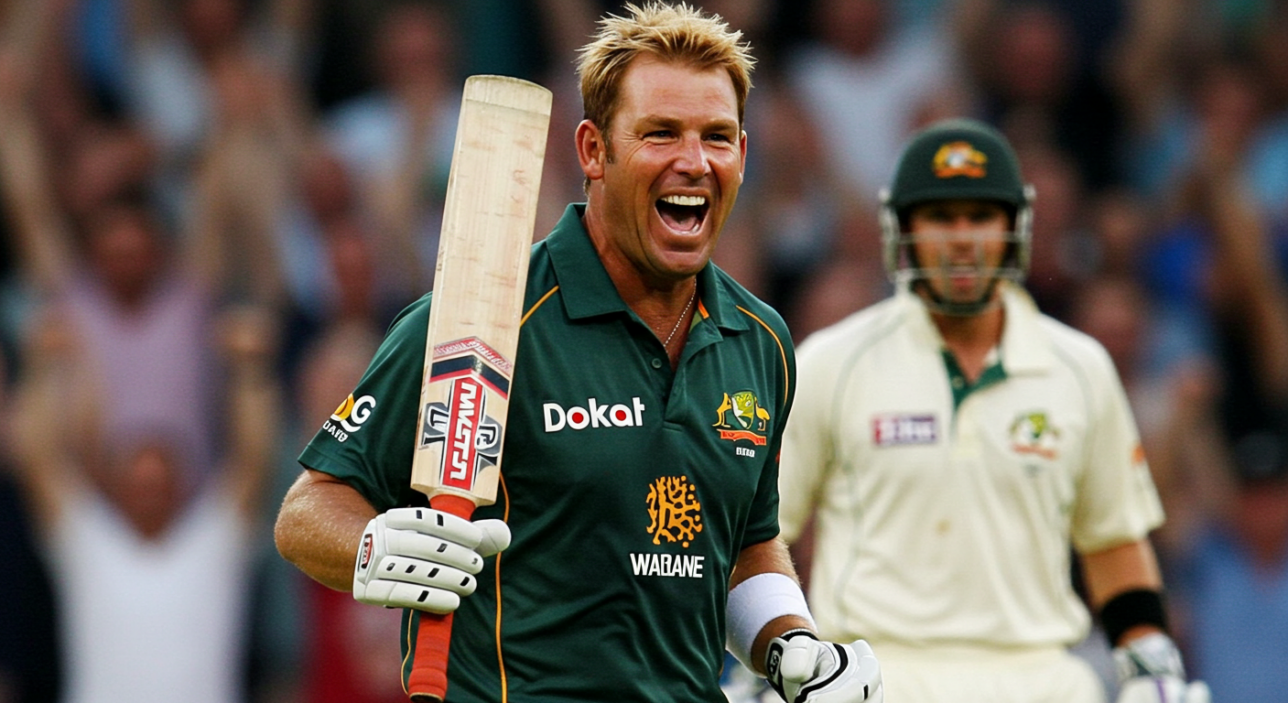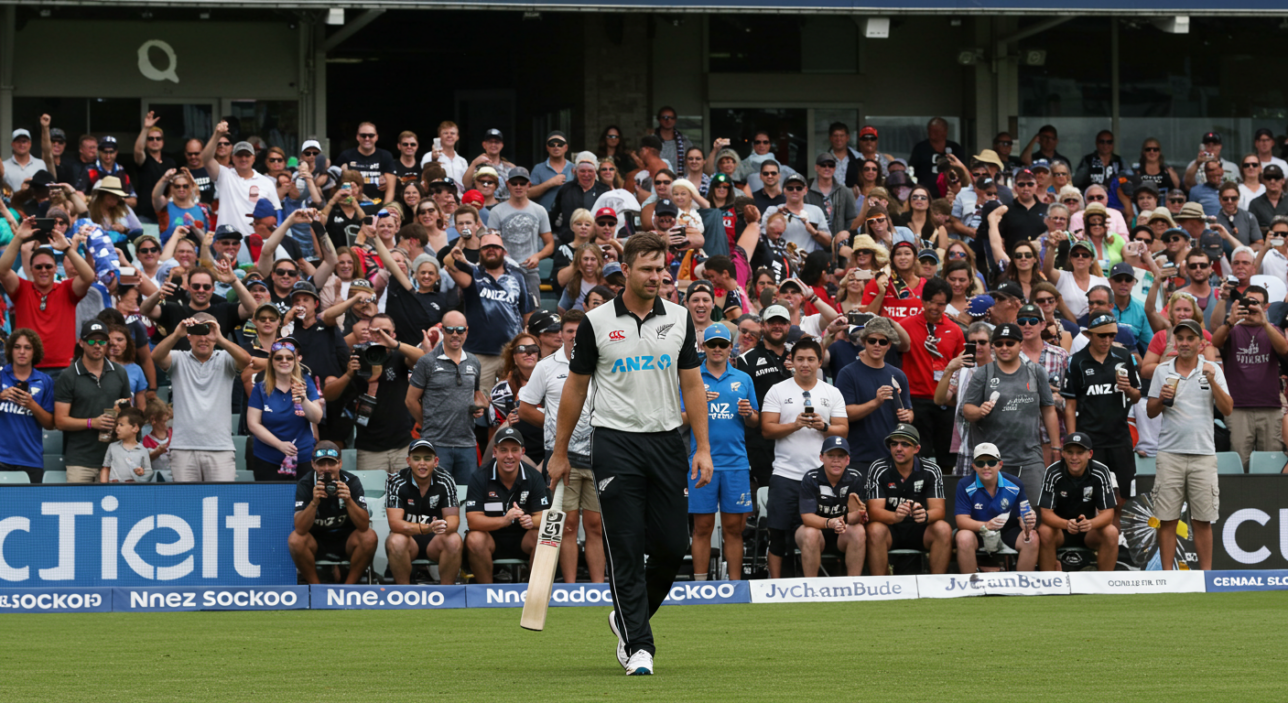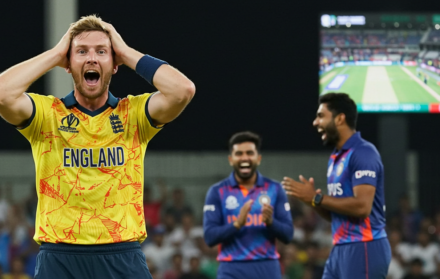
Biggest Chokes in ICC Tournament History
Cricket has always celebrated the spectacular—heroic hundreds, match-winning spells, moments of individual brilliance. But just as gripping, and often more unforgettable, are the collapses. The misfields. The nervous batting. The tactical errors. The chokes. In high-stakes ICC tournaments, the margins are slim, the pressure is suffocating, and even the strongest teams have found themselves unravelled in ways that defy belief.
Unlike regular defeats, a choke carries implication. It’s not just about losing—it’s about losing from a position of strength, when the game seemed won. These aren’t just failures of execution; they are collapses of nerve. In knockout cricket, where entire campaigns hinge on a few overs, mental resilience often counts as much as talent.
This article explores the biggest chokes in ICC tournament history—those matches where heavy favourites stumbled, where composure dissolved, and where entire cricketing nations were left asking: How did that happen?
We won’t simply recount the scorecards. We’ll examine context, pressure points, psychological frailty, and the lasting impact these meltdowns had on teams and legacies. Because in cricket, as in life, how you lose often says as much as how you win.
South Africa vs Australia – 1999 World Cup Semi-final

No list of cricketing chokes can begin anywhere else. The Edgbaston semi-final between South Africa and Australia remains the definitive collapse under pressure—a match so dramatic, so tragic, that it has become a permanent scar on South African cricket’s identity.
Chasing 214, South Africa had weathered Shane Warne’s brilliance and clawed their way back into contention. With one over left, they needed 9 runs and had Lance Klusener—the tournament’s in-form finisher—on strike. He struck the first two balls of the final over for consecutive boundaries. The scores were level. One run from four balls. Four wickets in hand.
And then: chaos.
Ball three—dot. Ball four—Klusener calls for a suicidal single. Allan Donald, at the non-striker’s end, doesn’t move. Klusener sprints to the striker’s end. Donald drops his bat, hesitates, runs too late. Australia break the stumps. South Africa are tied. And out.
Because Australia had finished higher in the Super Six stage, they progressed to the final. South Africa, despite not technically losing, were eliminated. The image of Donald’s stranded bat and Klusener’s frustration is now etched in World Cup folklore.
What made this choke so painful was how complete South Africa’s control had been—and how instantly it slipped. It wasn’t a long, slow decline. It was a sudden panic, triggered not by brilliance, but by the unbearable weight of expectation.
It was more than just a run-out. It was a turning point for South African sport—a moment when belief turned into doubt. And it set a pattern they’ve struggled to escape ever since.
India vs Pakistan – 2017 Champions Trophy Final
On paper, India entered the 2017 Champions Trophy final at The Oval as clear favourites. Their campaign had been efficient and composed, with the top order in peak form and the bowling unit well-balanced. Pakistan, on the other hand, had stumbled early and reached the final almost unexpectedly. The stage was set for another routine Indian win. Instead, what unfolded was one of India’s most lopsided defeats in ICC finals—and a collapse defined by arrogance, misjudgement, and missed moments.
Batting first, Pakistan posted a mammoth 338 for 4—thanks to a dazzling 114 by Fakhar Zaman and India’s uncharacteristically flat bowling. Still, with India’s vaunted top three—Rohit, Dhawan, and Kohli—many believed the chase was far from over.
It was over in 13 overs.
India’s response began with Rohit Sharma falling for a duck. Then, a moment that defined the choke: Kohli, dropped early, was dismissed on the very next ball—edging to point. Suddenly, India were 6 for 2, and the innings never recovered. They crumbled to 158 all out in under 31 overs.
The most telling detail wasn’t just the collapse—it was how utterly India lost their structure under pressure. Their famed batting strength became brittle. Their game awareness, usually razor-sharp, deserted them. Pakistan’s energy rose. India’s belief drained. And what should’ve been a controlled chase turned into an unravelling of confidence on the biggest stage.
Pakistan won by 180 runs. The margin wasn’t just shocking—it was historic. For India, it wasn’t a defeat. It was a collapse of temperament, magnified by the occasion and the opponent.
South Africa vs Sri Lanka – 2003 World Cup Group Stage

If the 1999 semi-final was South Africa’s most heartbreaking moment, the 2003 World Cup brought their most inexplicable one. Playing at home, against Sri Lanka, in a must-win group match, South Africa needed a straightforward equation: win the game or, if rain intervened, be ahead of the Duckworth-Lewis par score.
It rained. And they misread the sheet.
Chasing 269, South Africa were 229 for 6 after 45 overs when the rain began to fall. They believed they were safe—level with the D/L par score. They weren’t. They were one run short. Not behind in wickets. Not behind tactically. Just… one run behind on the sheet.
The team had been operating under incorrect information. The dugout thought they needed 229 to win. The actual target was 230. That single run meant the match was declared a tie—and South Africa, once again, were out of their own World Cup.
It wasn’t a collapse with the bat or a flurry of panic wickets. It was a breakdown of communication and basic match awareness. A tournament favourite, playing on home soil, eliminated by a clerical error. It remains one of the most surreal exits in ICC tournament history.
The choke wasn’t just in the numbers. It was in the stunned silence of the crowd. In the sight of Mark Boucher punching the air after hitting what he thought was the winning shot. In the realisation that South Africa had defeated themselves.
England vs Pakistan – 1992 World Cup Final
England’s World Cup history is peppered with near misses, but their 1992 final loss to Pakistan at the MCG stands out as an opportunity squandered under pressure. Led by Graham Gooch, England had arguably the best-balanced side in the tournament, blending experienced batters with a potent bowling line-up and solid all-rounders.
Chasing a modest 250 for victory, England began well but were rocked by two early dismissals. Still, at 141 for 4 with Allan Lamb and Neil Fairbrother at the crease, the match was evenly poised. Then came the moment of collapse. Inzamam-ul-Haq had just played a blistering cameo for Pakistan, but it was Wasim Akram’s two magical deliveries that triggered the choke.
Akram dismissed Lamb and Chris Lewis in consecutive balls—both beaten for pace and movement. England, so close, fell apart. They lost their last six wickets for 52 runs and were bowled out for 227.
England didn’t panic in the traditional sense—they just froze at the critical moment, when Pakistan surged. The tactical response was timid. The batting passive. The chase lost all urgency when it most needed composure.
That final would be Pakistan’s crowning glory, but for England, it was a painful lesson in failing to seize a winnable game when it mattered most. A choke not defined by drama—but by hesitation.
New Zealand vs England – 2019 World Cup Final

On paper, the 2019 World Cup final at Lord’s is listed as a tie. In reality, New Zealand lost a match they had no business losing—a perfect storm of pressure, bad luck, and moments missed.
Batting first, New Zealand posted a competitive 241. In the field, they were near flawless. England’s top order collapsed under pressure. Wickets fell regularly. Yet as the match wore on, tiny cracks in New Zealand’s composure began to show.
The real sting came in the final over. Needing 15 off 6, Ben Stokes struck a six and then—by sheer chance—earned four extra runs when a deflected throw hit his bat and rolled to the boundary. The umpires awarded six runs instead of five, a controversial call that proved critical. The match ended in a tie.
The Super Over followed, and again New Zealand held their nerve—almost. A brilliant throw from Martin Guptill almost sealed it, but Jason Roy returned the ball just in time to catch Guptill short as he tried to complete the winning run. The Super Over was also tied. England won on boundary countback.
New Zealand didn’t collapse in the traditional sense. They played smart, brave, almost flawless cricket. But in high-pressure scenarios, the finest margins matter. They missed two half-chances in the field. They allowed Stokes just enough space. And in the moment that decided everything, Guptill’s bat was inches too slow.
This wasn’t a choke of incompetence. It was one of fate—and of mental fatigue at the very end of a flawless campaign. But it will go down in history as a cruel, almost mythical collapse.
India vs Australia – 2023 World Cup Final
India came into the 2023 World Cup final unbeaten, dominant, and playing at home. With ten consecutive wins, a record-breaking bowling unit, and a top order in imperious form, they were widely expected to lift the trophy in front of a raucous Ahmedabad crowd. Instead, they delivered one of the most baffling underperformances in a major final.
Batting first on a slow surface, India began brightly with Rohit Sharma’s aggressive start. But once Rohit fell for 47, the innings stalled. Virat Kohli and KL Rahul rebuilt cautiously—but too cautiously. India scored just 240, a total that felt well below par given the conditions and the platform they had.
Then came the moment of reckoning. In front of 90,000 fans, with Jasprit Bumrah removing both openers early, the pressure shifted. But India failed to press the advantage. Their bowlers lost intensity. Fielders dropped their energy. Captain Rohit Sharma, tactically astute all tournament, was conservative with his bowling changes.
Travis Head took full advantage. His blistering century turned the final into a one-sided affair. Australia chased the total with ease, and the packed stadium fell into stunned silence.
What made this a choke wasn’t just the defeat. It was the context: India were unstoppable for six weeks. But on the one day that mattered, they retreated into a shell. Their aggression vanished. Their intent disappeared. And the pressure of expectation seemed to smother the very flair that had carried them to the final.
A golden campaign ended with a performance that fell far short of their own standards—the hallmark of a choke on the grandest scale.
Biggest Chokes in ICC Tournament History: Why Choking Still Haunts Cricket’s Elite

There is no metric for pressure, no algorithm for mental collapse. But in ICC tournaments, where years of preparation are compressed into single moments, the line between triumph and heartbreak often comes down to who holds their nerve—and who lets go.
A choke, by definition, requires dominance first. It is not about being beaten soundly. It is about being ahead, and still falling. And that’s what makes these moments unforgettable. South Africa needing one run with four balls left. India sweeping all before them, then freezing at the finish line. England losing a World Cup final by inches. New Zealand playing perfect cricket, but not for one ball too long.
These aren’t failures of skill. They are failures of rhythm, clarity, and trust—those intangible qualities that separate the champions from the nearly-men.
They also endure because they say something about sport’s cruel beauty. No script is safe. No lead is secure. And the best teams can falter when the lights shine brightest.
For some teams, these moments become fuel. For others, they become shackles. But all of them remind us that cricket, for all its numbers, is still a human game—and the heart beats loudest when the stakes are highest.





